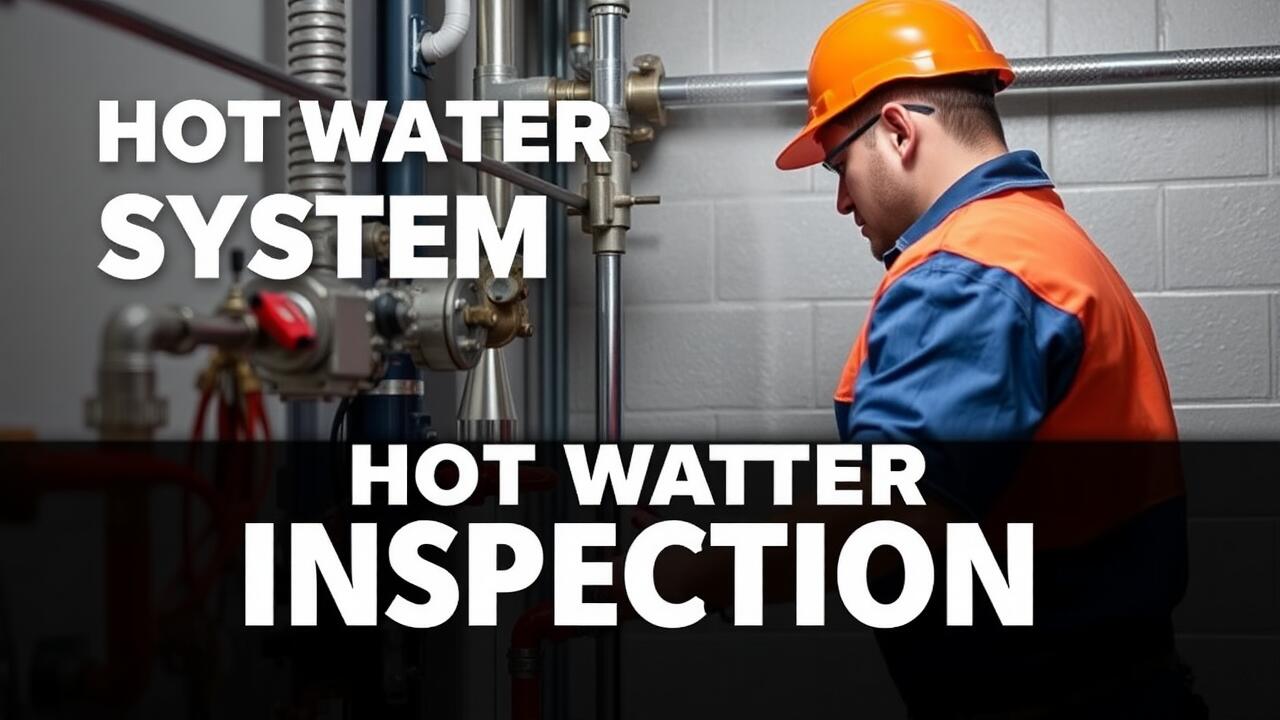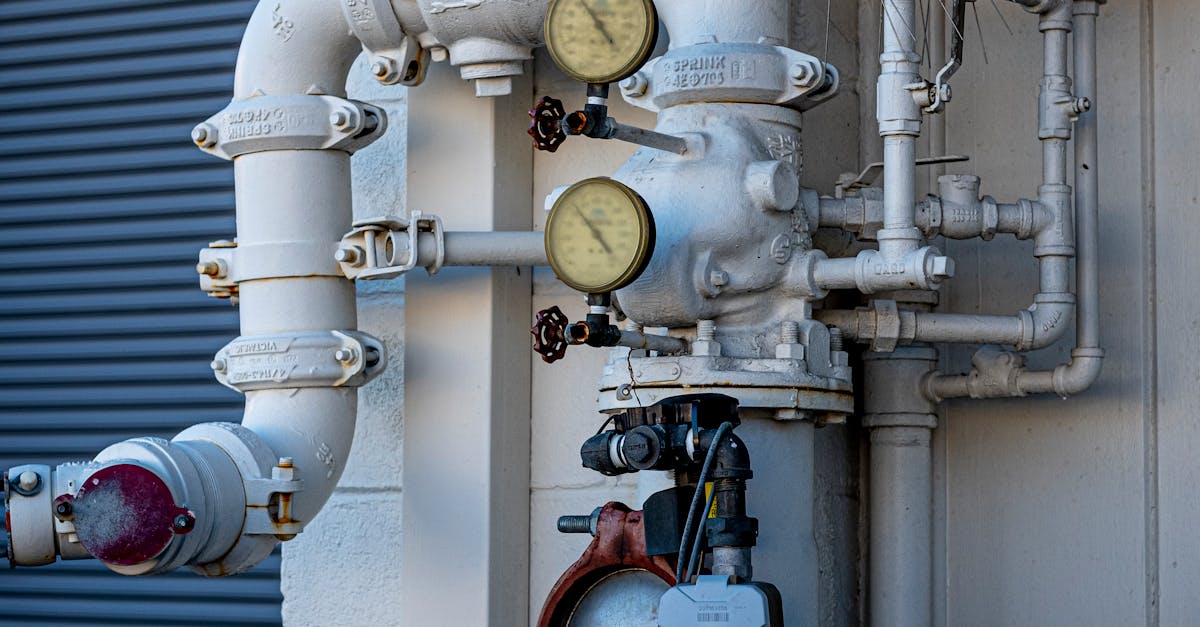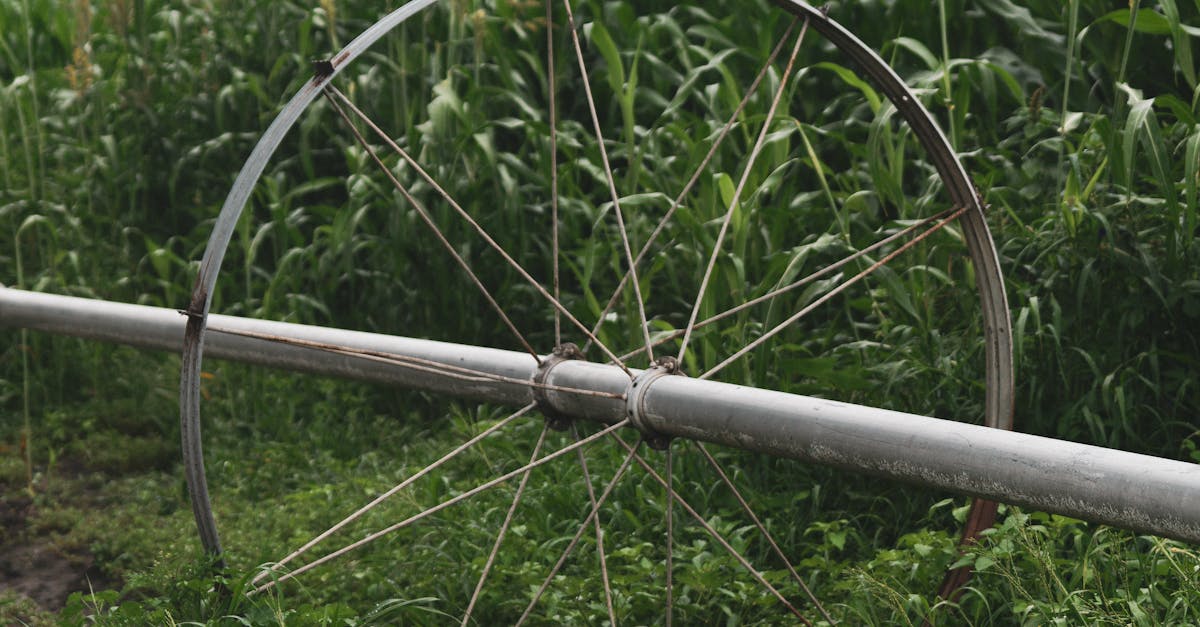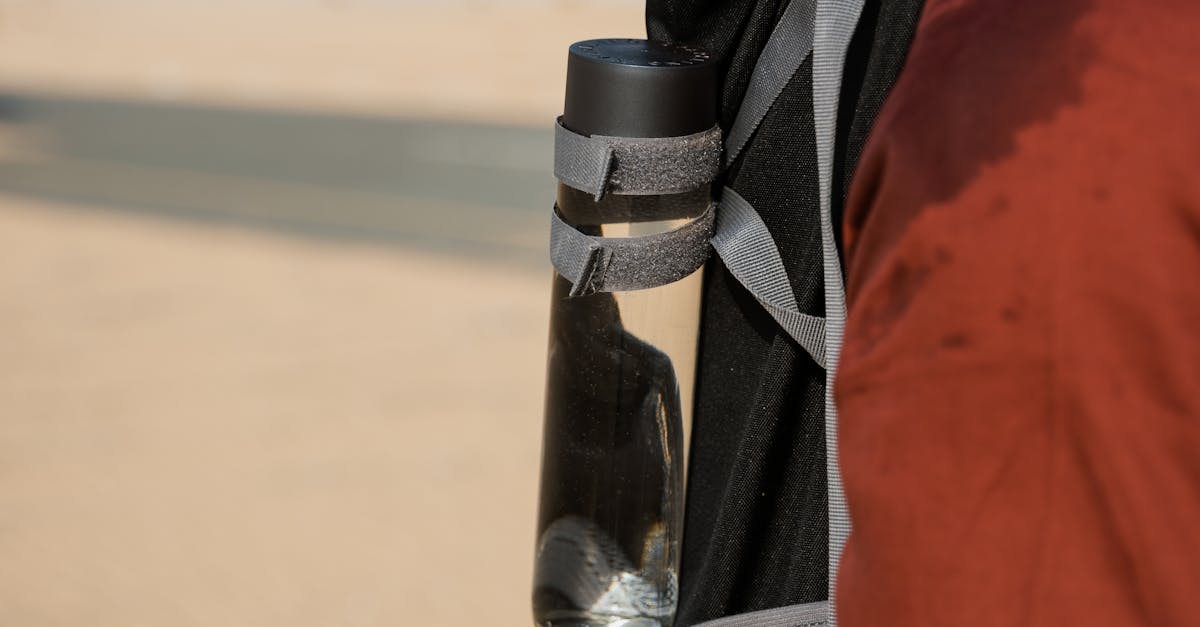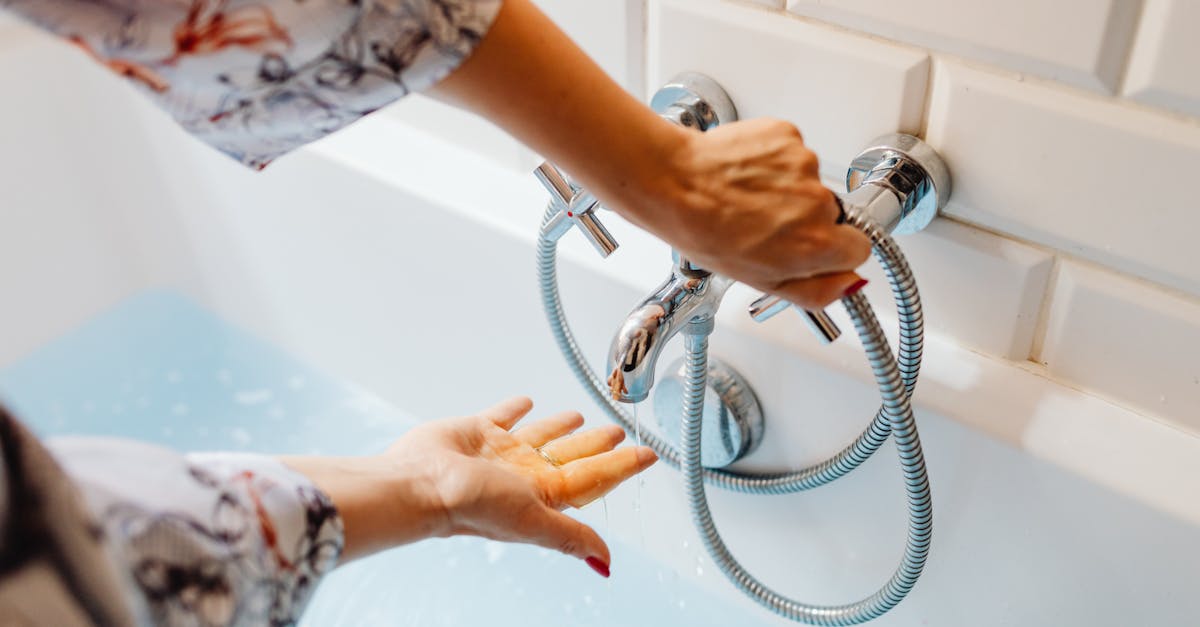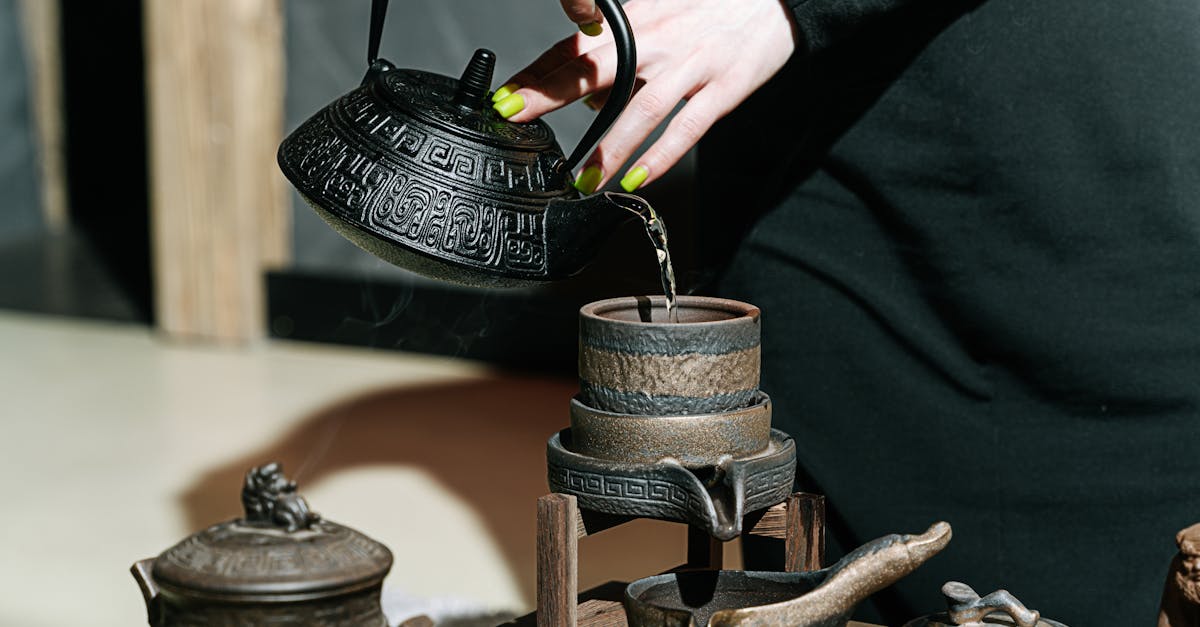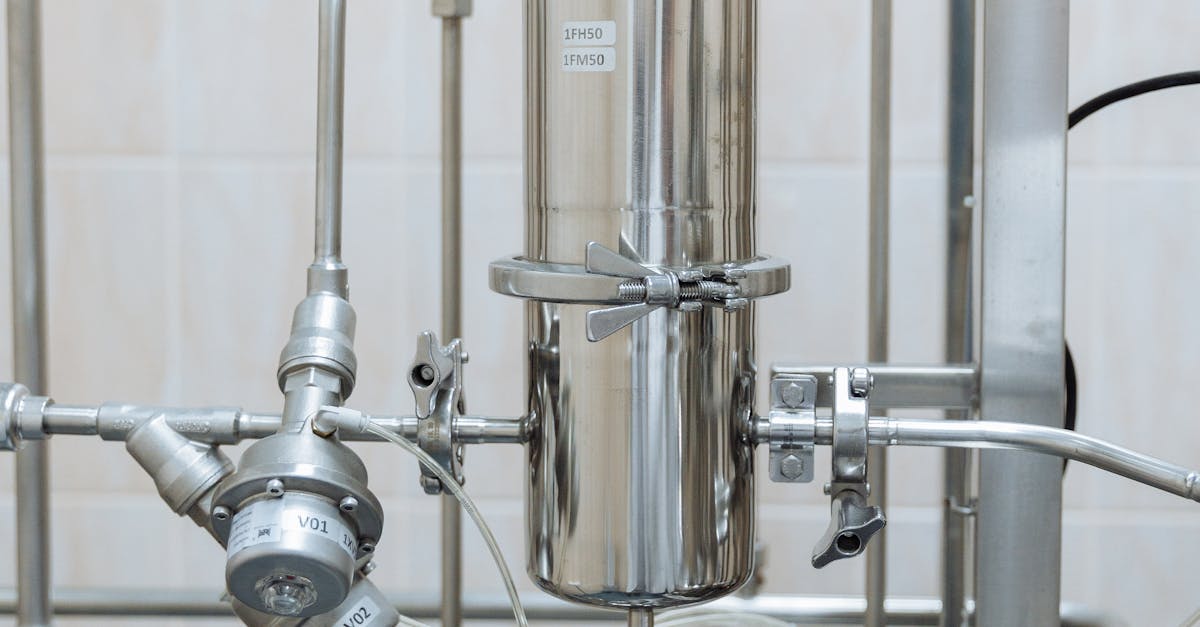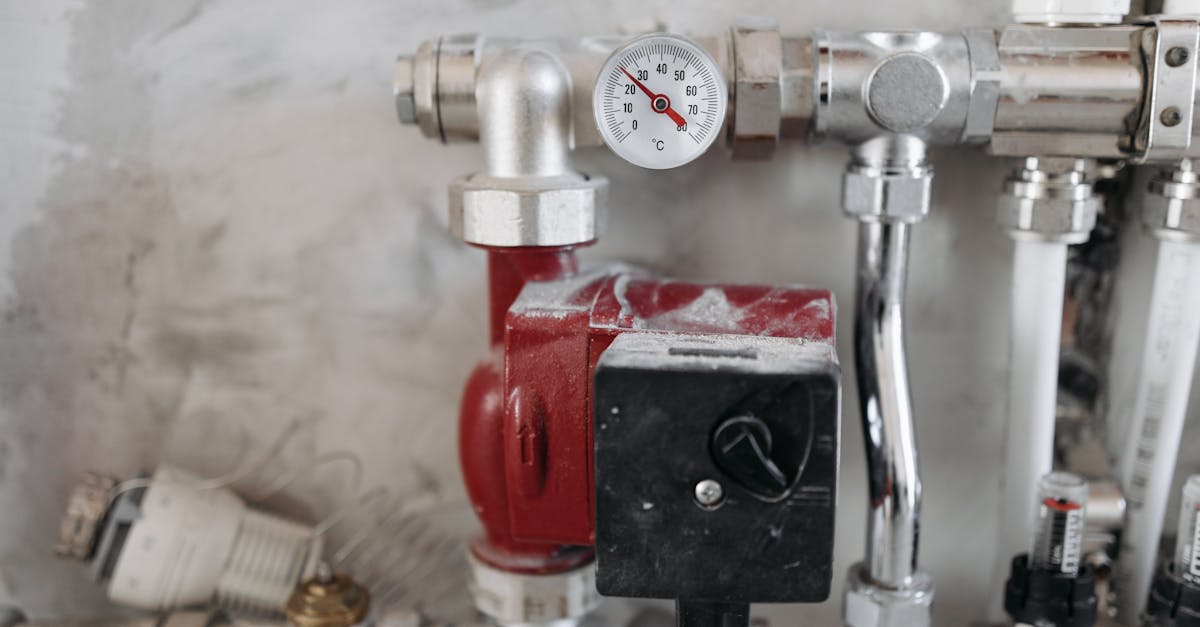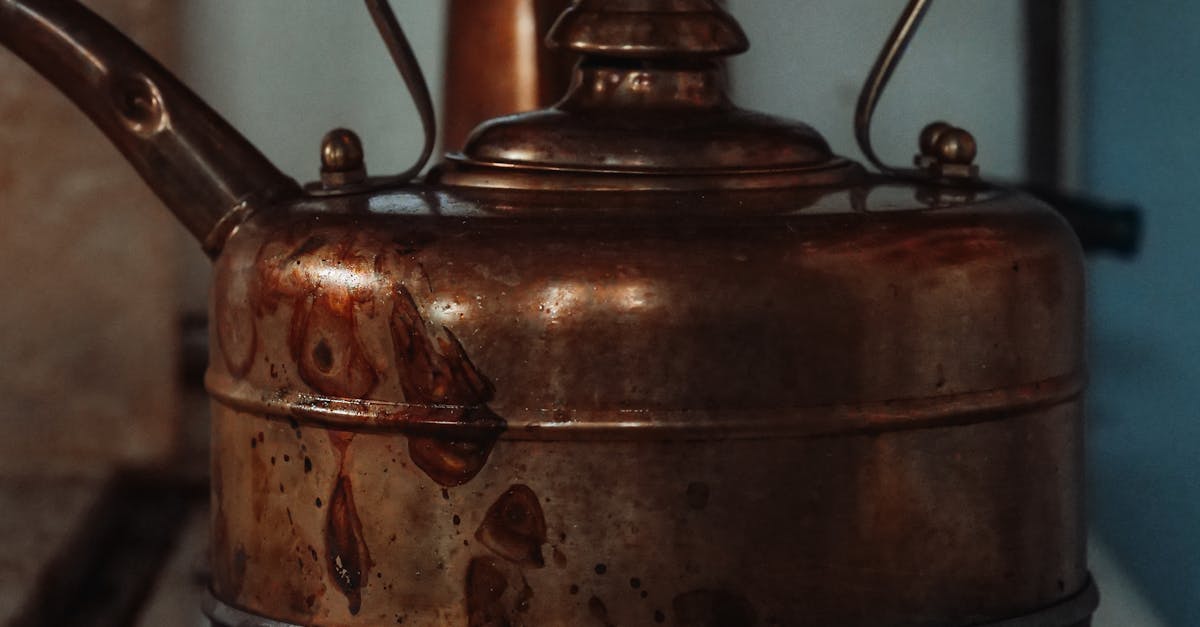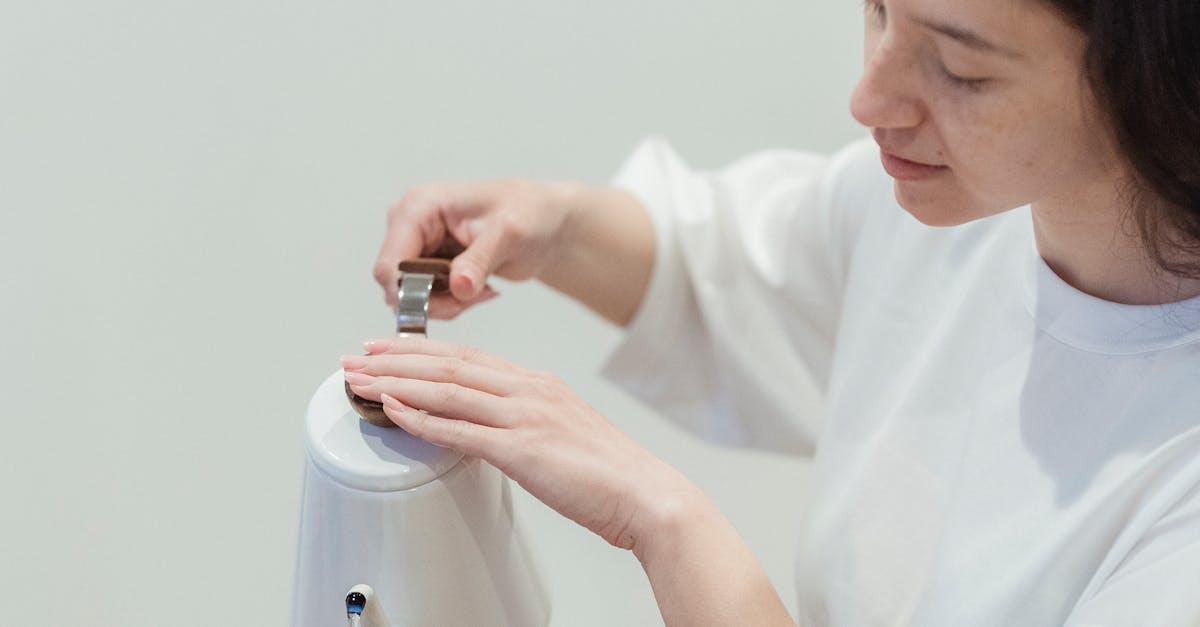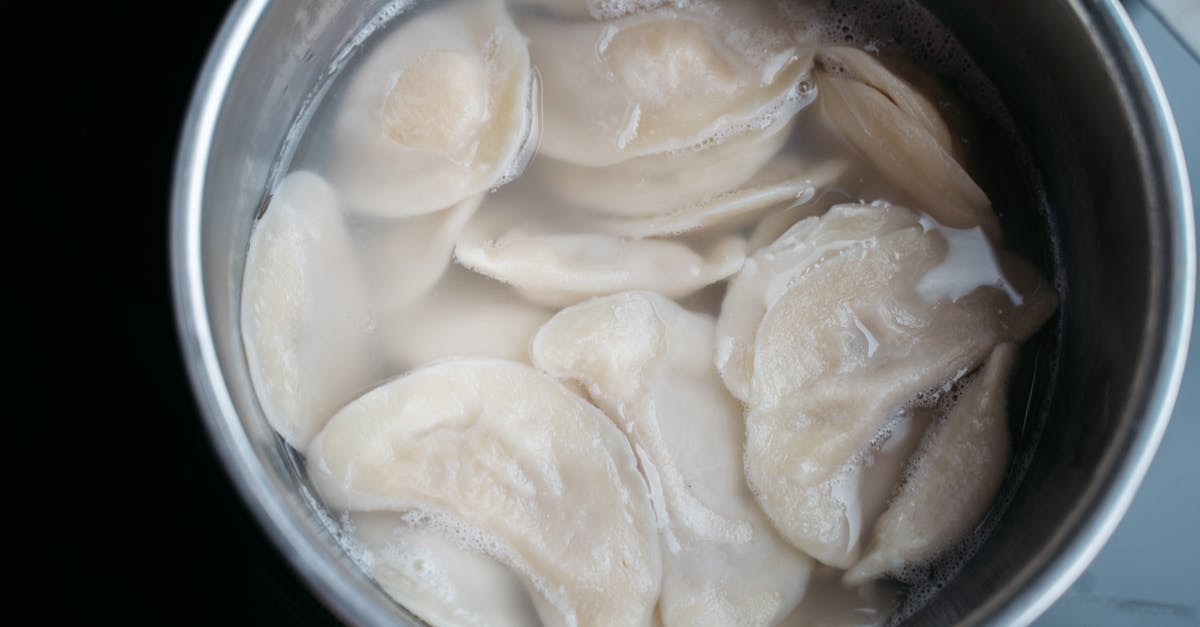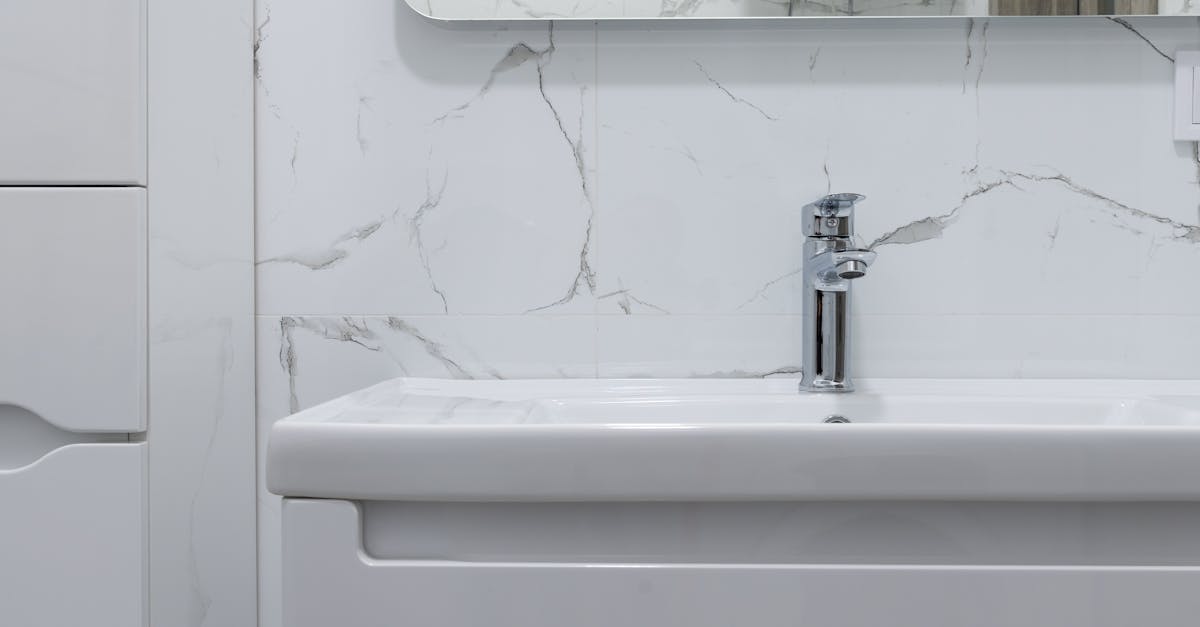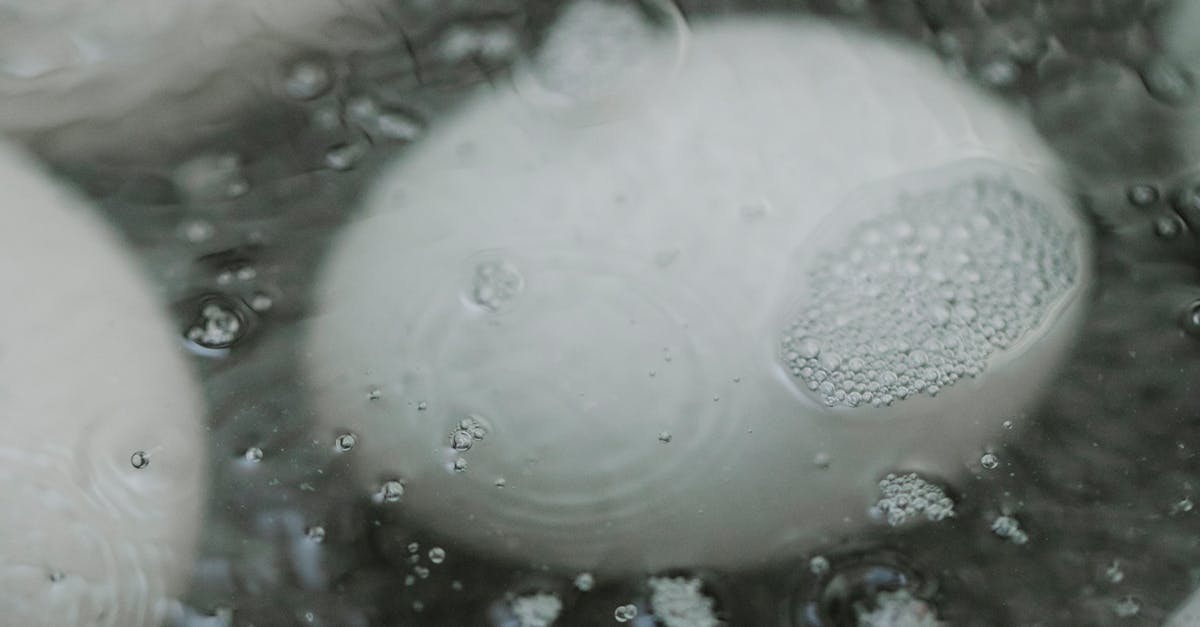
Table Of Contents
How to Set Your Water Heater Temperature
To set your water heater temperature effectively, begin by determining the ideal temperature for your home. The U.S. Department of Energy recommends a setting of 120 degrees Fahrenheit for optimal safety and efficiency. This temperature provides sufficient hot water for most household needs while reducing the risk of scalding. If your water heater has a dial, locate it on the thermostat, typically found on the front of the unit.
Before making adjustments, turn off the power supply to avoid any accidents. Use a flathead screwdriver to turn the dial to your desired setting. After adjusting, allow the water to reach the new temperature and check with a thermometer at a tap to ensure accuracy. Regularly scheduled Hot Water System Inspections can help maintain proper temperature settings and ensure your water heater operates safely and efficiently.
StepbyStep Instructions for Adjusting Settings
Adjusting the temperature settings on your water heater is a straightforward process. First, turn off the power to the water heater to ensure safety while making adjustments. Locate the access panel on the unit, which may require a screwdriver to remove. Once the panel is off, you will see the thermostat. Many models have two thermostats, one for the upper element and one for the lower, so be prepared to adjust both if necessary.
Set the thermostat to the desired temperature, keeping in mind that the recommended safe maximum temperature for residential hot water is typically around 120 degrees Fahrenheit. After making the adjustments, replace the panel securely and restore power to the unit. It is advisable to conduct regular Hot Water System Inspections to ensure that your settings remain consistent and safe, helping prevent scalding and reducing energy costs.
Signs Your Water Heater is Overheating
An overheating water heater can pose serious risks to your safety and property. One of the most noticeable signs of an overheating system is the occurrence of scalding hot water from taps. If you experience sudden bursts of extremely hot water, it may indicate that the thermostat is malfunctioning or that the heating element is stuck in the "on" position. In such cases, it's crucial to take immediate action to avoid potential burns or injuries.
Another warning sign includes unusual noises coming from the water heater. Banging or popping sounds can suggest that there is sediment buildup in the tank, leading to overheating and pressure buildup. To address these concerns effectively, regular Hot Water System Inspections should be prioritized. These inspections can help identify issues early, ensuring that your water heater operates safely and efficiently, maintaining a comfortable temperature for all your household needs.
Identifying Dangerous Temperature Levels
Understanding the temperature levels of your hot water is essential for safety and efficiency. Most experts agree that the maximum safe temperature for residential hot water is around 120°F (49°C). Water heated above this level can cause scalding injuries, particularly in children or elderly individuals. Recognizing the signs that your water heater may be set too high is crucial for preventing accidents and ensuring comfort in your home.
Regular maintenance, including Hot Water System Inspections, can help identify any potential overheating issues. Signs to watch for include a sudden increase in water temperature, strange noises from the heater, or even a more considerable consumption in energy bills. If any of these symptoms occur, it is important to address them promptly to avoid dangerous situations and maintain the efficiency of your system.
The Role of Thermostats in Water Heaters
Thermostats play a crucial role in the operation of water heaters, ensuring that the water temperature is maintained within a safe and efficient range. They regulate the heating element by triggering it to turn on or off based on the water temperature readings. Properly functioning thermostats can help minimize energy consumption while providing adequate hot water for household use.
Regular maintenance, including Hot Water System Inspections, is vital for ensuring that thermostats operate effectively. Malfunctioning thermostats may lead to overheating or insufficient hot water supply, potentially causing safety hazards or discomfort. Homeowners should remain vigilant about their water heater's performance and consider professional assessments to keep their systems in optimal condition.
How Thermostat Settings Affect Temperature
The thermostat in a water heater plays a crucial role in regulating the temperature of the hot water. Most residential units have a preset range, typically between 120°F and 140°F. Adjusting the thermostat setting affects how much heat is applied, directly influencing the water temperature. When set below 120°F, it reduces the risk of scalding but may encourage bacteria growth, while settings above 140°F increase scalding risks.
Regular Hot Water System Inspections are essential to ensure that the thermostat is functioning correctly. A malfunctioning thermostat can lead to erratic temperature readings, resulting in water that is either too hot or too cool. Monitoring thermostat settings and ensuring they are within the recommended range ensures safe and efficient water heating for daily use. Proper maintenance can also prolong the lifespan of the unit.
FAQS
What is the maximum safe temperature for residential hot water?
The maximum safe temperature for residential hot water is typically recommended to be set at 120 degrees Fahrenheit (49 degrees Celsius) to prevent scalding and ensure safety, especially for children and elderly individuals.
Why is it important to set my water heater temperature correctly?
Setting your water heater temperature correctly is important to prevent burns and scalds, conserve energy, and maintain the efficiency of your water heater. A temperature above 120°F can significantly increase the risk of burns, while lower temperatures can lead to bacterial growth in the water.
How can I tell if my water heater is overheating?
Signs that your water heater may be overheating include an unusual increase in water temperature, frequent tripping of the thermostat or circuit breaker, strange noises coming from the heater, or leaks around the unit. If you notice any of these signs, it is important to take action immediately.
What should I do if I suspect my water heater is overheating?
If you suspect your water heater is overheating, first, turn off the power supply and allow the water heater to cool down. Then, consult a professional plumber or technician to inspect the unit and make any necessary repairs or adjustments.
How often should I check the temperature setting on my water heater?
It is a good practice to check the temperature setting on your water heater at least once a year or whenever you notice changes in water temperature. Regular checks can help ensure that the unit is operating safely and efficiently.
